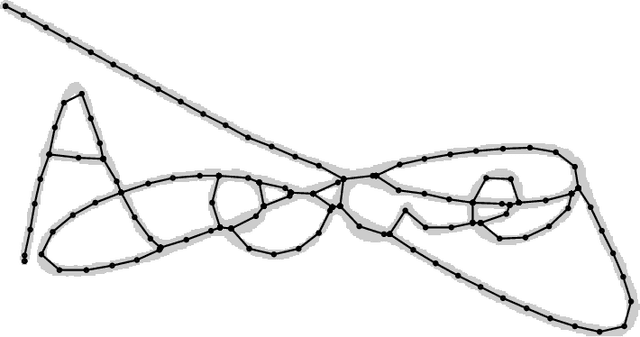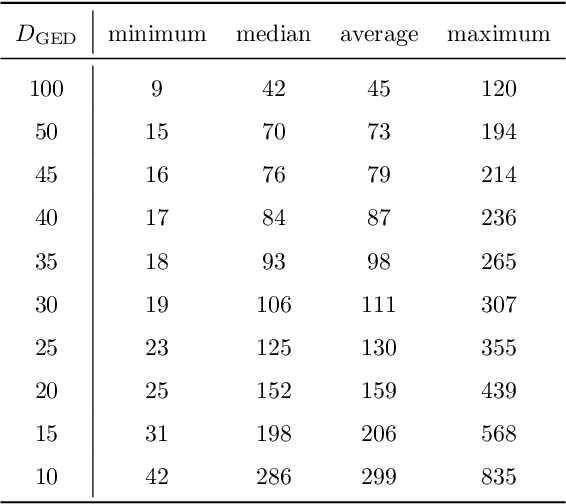Nicholas R. Howe
Graph-Based Offline Signature Verification
Jun 25, 2019



Abstract:Graphs provide a powerful representation formalism that offers great promise to benefit tasks like handwritten signature verification. While most state-of-the-art approaches to signature verification rely on fixed-size representations, graphs are flexible in size and allow modeling local features as well as the global structure of the handwriting. In this article, we present two recent graph-based approaches to offline signature verification: keypoint graphs with approximated graph edit distance and inkball models. We provide a comprehensive description of the methods, propose improvements both in terms of computational time and accuracy, and report experimental results for four benchmark datasets. The proposed methods achieve top results for several benchmarks, highlighting the potential of graph-based signature verification.
Better Foreground Segmentation Through Graph Cuts
Jul 26, 2004



Abstract:For many tracking and surveillance applications, background subtraction provides an effective means of segmenting objects moving in front of a static background. Researchers have traditionally used combinations of morphological operations to remove the noise inherent in the background-subtracted result. Such techniques can effectively isolate foreground objects, but tend to lose fidelity around the borders of the segmentation, especially for noisy input. This paper explores the use of a minimum graph cut algorithm to segment the foreground, resulting in qualitatively and quantitiatively cleaner segmentations. Experiments on both artificial and real data show that the graph-based method reduces the error around segmented foreground objects. A MATLAB code implementation is available at http://www.cs.smith.edu/~nhowe/research/code/#fgseg
 Add to Chrome
Add to Chrome Add to Firefox
Add to Firefox Add to Edge
Add to Edge